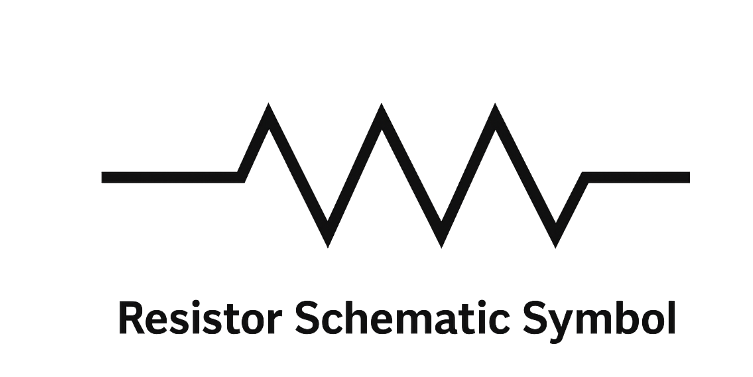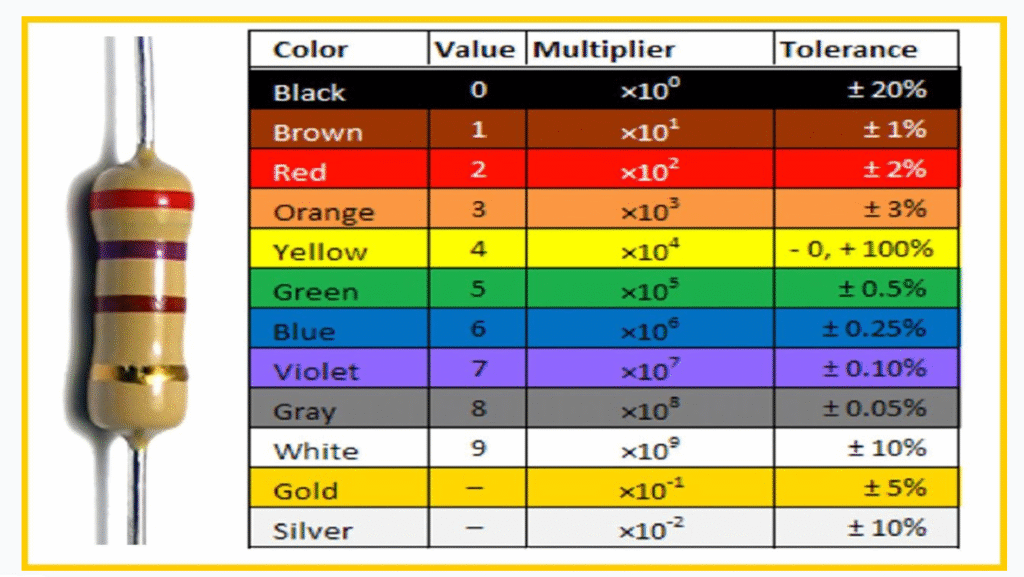🔹 Resistors: The Basics You Need to Know

If you’re just starting with electronics, resistors are one of the first components you’ll meet. They may look tiny and simple, but they play a huge role in controlling the flow of electricity in a circuit. Think of them as the “traffic controllers” for electric current—they make sure other components don’t get too much power!
🔹 What Do Resistors Do?
Resistors limit the amount of current that flows through a circuit. This protects sensitive components like LEDs, microcontrollers, and sensors from getting fried. They’re measured in ohms (Ω), which tells you how much they resist the flow of electricity.
🔹 Types of Resistors
Here are a few common types you’ll encounter:
- Fixed Resistors – always have the same resistance value
- Variable Resistors / Potentiometers – can adjust resistance by turning a knob
- Thermistors – change resistance with temperature
- Photoresistors / LDRs – change resistance with light

🔹 Why Resistors Matter
Without resistors, your circuits could burn out components, behave unpredictably, or even become unsafe. They’re small, cheap, and easy to use, but absolutely essential for building reliable electronics projects.
🚀 Getting Started
Try a simple LED circuit with a resistor. Connect the resistor in series with an LED, power it, and see how it controls the brightness. Experimenting like this is the best way to understand how resistors work!